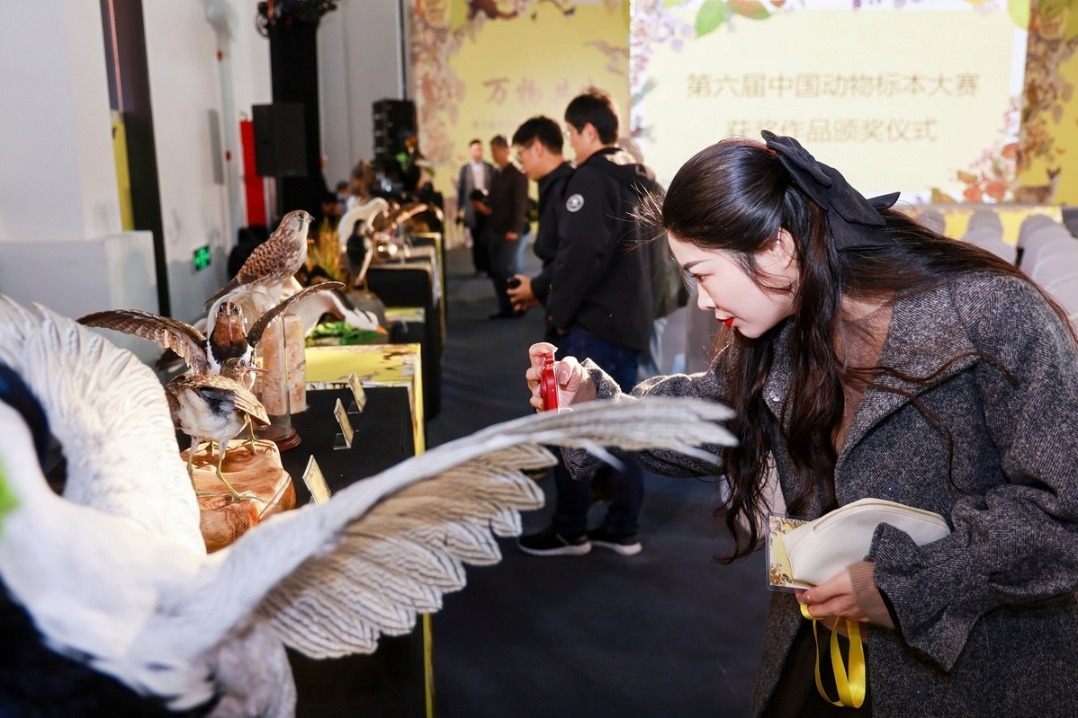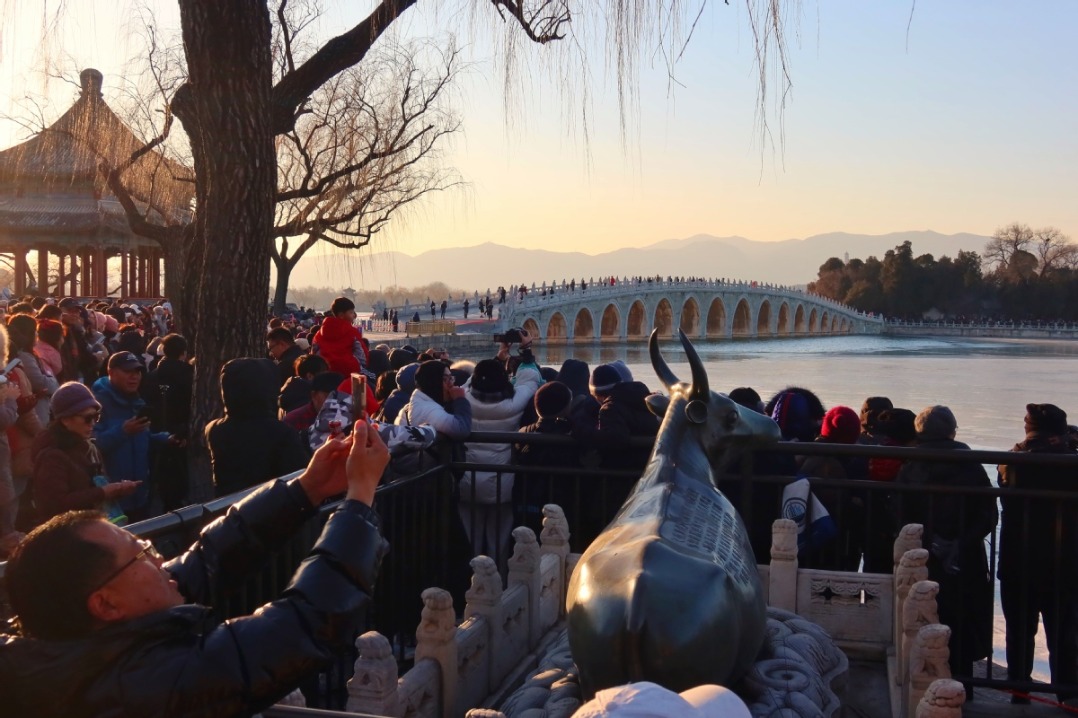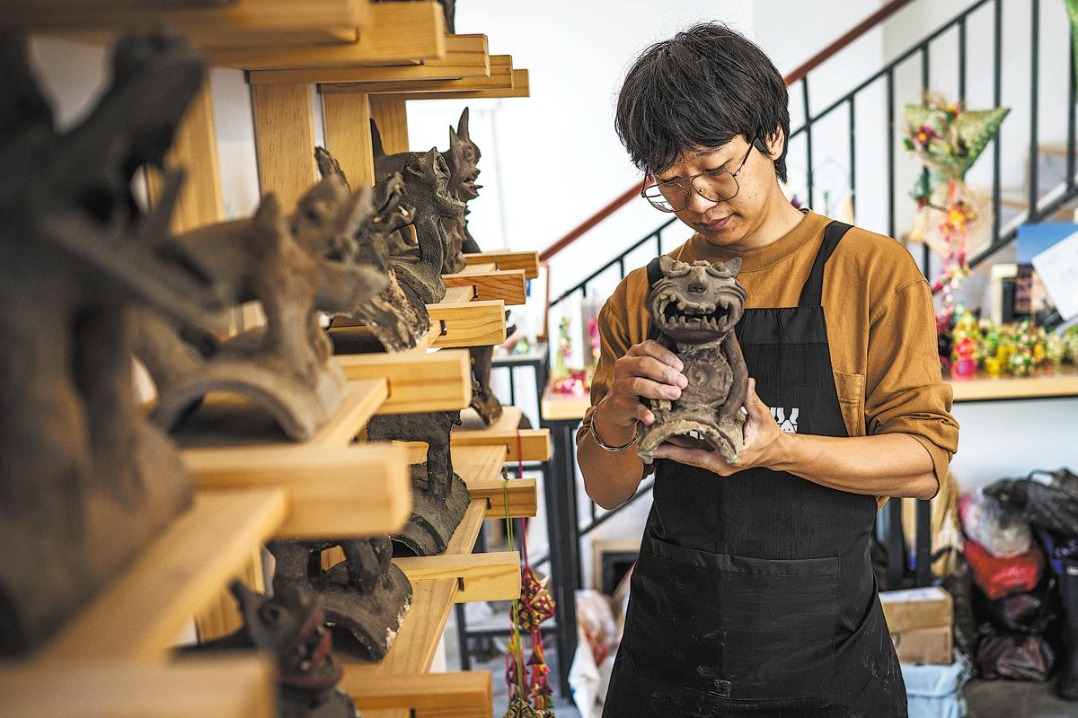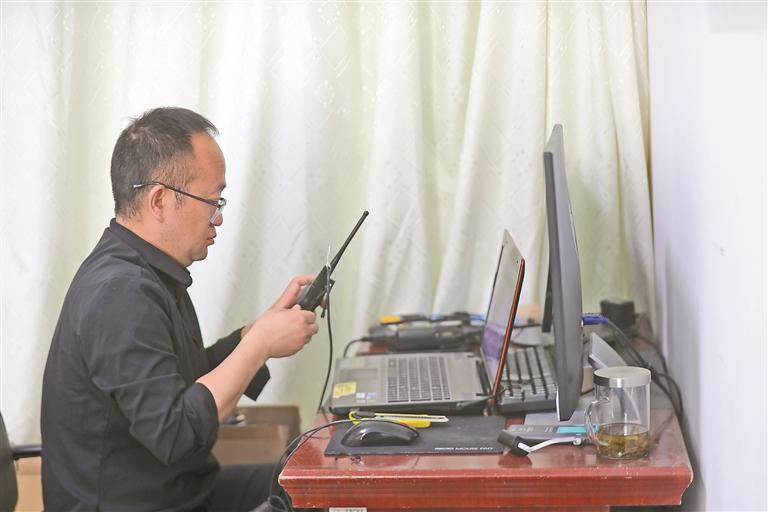Initiative focuses on high-quality growth
Businesses encouraged to upgrade their equipment to promote consumption

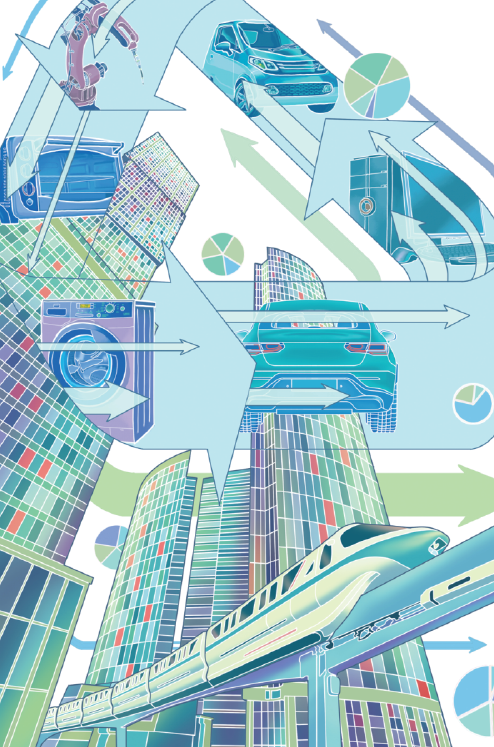
China has rolled out a package of policy measures promoting large-scale equipment upgrades and consumer goods trade-ins in an effort to encourage companies to invest in themselves and boost consumption to help the economy achieve sustainable and high-quality growth, officials and experts said.
Financial support, tax incentives and fiscal measures will be shored up in a coordinated manner to foster synergy to help deliver the initiative on the ground, bringing tangible benefits to businesses and consumers, they added.
They made the remarks after the State Council, China's Cabinet, adopted a specific action plan this month to advance the initiative, which was first put forward in December at the annual Central Economic Work Conference, where the nation's top officials charted the course for the world's second-largest economy for this year.
While businesses are encouraged to invest in upgrading their equipment, the trade-in programs focus on stimulating consumer behavior among the people, said Ning Jizhe, deputy director of the Committee on Economic Affairs of the National Committee of the Chinese People's Political Consultative Conference.
The plan said it's imperative to ensure that the upgraded equipment and replaced consumer goods meet energy efficiency standards, scale back emissions and promote technological advancements.
Meanwhile, in a bid to continuously increase advanced production capacity and bring more high-quality durable consumer goods into residents' lives, policymakers are upholding a market-oriented approach with appropriate government guidance, the plan said.
Essential modernization
China is currently facing a substantial demand for large-scale equipment upgrades. While strategic emerging industries and high-tech sectors have experienced rapid development over the past decade, traditional industries still account for over 80 percent of the manufacturing sector, Ning said.
As technology progresses, outdated equipment in traditional industries can't meet the demands of digitalization and automation. Upgrading and modernizing the equipment is essential for businesses to remain competitive in the evolving market landscape, Ning added.
Moreover, some existing equipment in traditional industries is characterized by high energy consumption, high emissions and an inability to meet environmental requirements. Upgrading and transforming it to meet eco-friendly standards is crucial for achieving sustainable development and fulfilling environmental obligations, Ning said.
The industrial, construction, utility services, transportation, agriculture, education and healthcare sectors have been identified as the focus areas for equipment upgrades, which will occur in a timely manner, according to the plan.
The amount of investment in equipment across crucial sectors, including the industrial and agriculture sectors, reached approximately 4.9 trillion yuan ($680.7 billion) in 2023, said Zheng Shanjie — head of the National Development and Reform Commission, the country's top economic regulator — at a news conference in March.
As the high-quality development agenda gains momentum, the demand for equipment upgrades is expected to surge, and the country anticipates a massive equipment upgrade market that will be worth over 5 trillion yuan annually, Zheng added.
China is known worldwide for its manufacturing prowess. By the end of last year, the total assets of large-scale industrial enterprises had exceeded 160 trillion yuan, according to the commission.
As the country advances its new-style industrialization, the demand is growing for advanced equipment centered around energy conservation, carbon reduction, ultralow emissions, safety production, digital transformation and intelligent upgrades, Zheng added.
Investing in equipment upgrades is a crucial component of overall fixed asset investment in various fields, accounting for approximately 18 percent of the total investment, said Wang Jingwen, director of the Macro Research Center affiliated to the China Minsheng Bank Research Institute.
The emphasis on equipment upgrades goes beyond the immediate benefits of fixed asset investment. It also plays a pivotal role in promoting the high-quality development of the economy, Wang added.
Out with the old
In addition to equipment upgrades, China has also rolled out proactive initiatives encouraging consumers to trade in their old automobiles, home appliances and other consumer goods for newer models, according to the action plan.
As a significant number of these products approach the end of their life spans, trade-in programs have emerged as a catalyst for transforming latent consumer demand into tangible consumption, thereby expanding the overall scale of consumer spending, said Guan Lixin, a researcher at the Chinese Academy of International Trade and Economic Cooperation.
In terms of automobiles, data from the Ministry of Commerce showed that there are approximately 16 million passenger vehicles that meet China III emission standards or below. Of those vehicles, more than 7 million have been on the roads for over 15 years.
China has a six-tier vehicle emission standards system — one of the world's strictest — with China VI being the highest tier.
Furthermore, ministry data suggested that an average of around 270 million appliances exceed their recommended safe usage period each year.
The shift from inefficient, energy-intensive products to smart, eco-friendly alternatives will also emerge as a key driver of high-quality consumption, Guan said.
As consumers embrace more advanced products, manufacturers are encouraged to produce and supply more environmentally friendly and energy-efficient products. This will stimulate innovation and investment in green technologies, reinforcing China's position as a leader in related sectors, Guan added.
The current trade-in program is expected to effectively stimulate consumer spending in China. This year, total retail sales of consumer goods are expected to increase 6.5 percent year-on-year, said Wang Qing, chief macroeconomic analyst at Golden Credit Rating International.
Such stimulus policies have been front-loaded in both the business and household sectors, signaling an early push by the nation to bolster consumer demand and sustain the positive momentum of macroeconomic recovery in the first half of the year, Wang added.
Stronger government support should be given to promote large-scale equipment upgrades and consumer goods trade-ins, experts said.
Local governments should actively support businesses in their efforts to upgrade equipment and adopt advanced technologies. Targeted measures such as tax incentives, the establishment of special funds and the provision of low-interest loans will foster an enabling environment for industrial development and innovation, said Dong Zhongyun, chief economist at China AVIC Securities.
In addition, both the central and local governments should subsidize trade-in programs, and financial institutions should introduce or upgrade consumer loan products to help facilitate trade-ins, Dong said.
Manufacturers are encouraged to take advantage of the government subsidy program and introduce a wave of promotional measures such as discounts, special offers and other incentives to encourage consumers to choose their products, Dong added.
wangkeju@chinadaily.com.cn
- Xi presents orders to promote two military officers to rank of general
- New penalties planned for violations related to radioactive waste management
- Best practices in youth cultural exchange released at Chongqing conference
- Yearender: China's 2025 space endeavors have seen new milestones
- HR conference sparks discussion on talent potentials in AI era
- Exhibition of entries for 6th China animal specimen competition opens in Shanghai

















